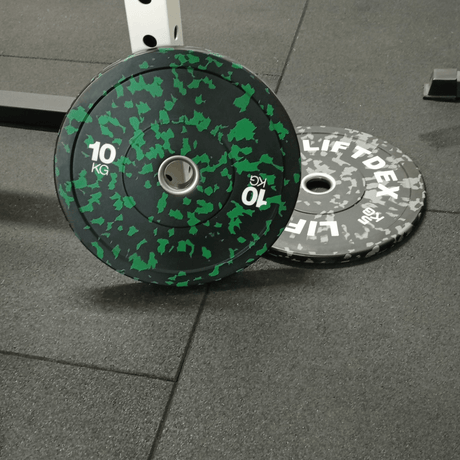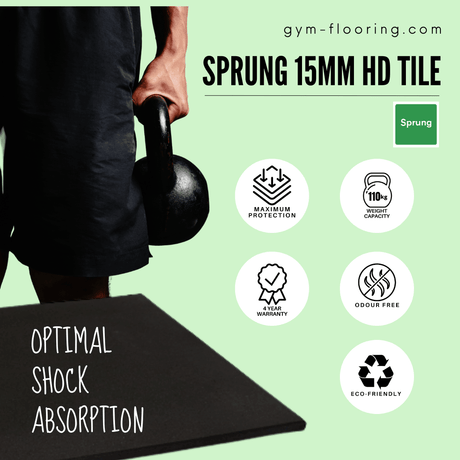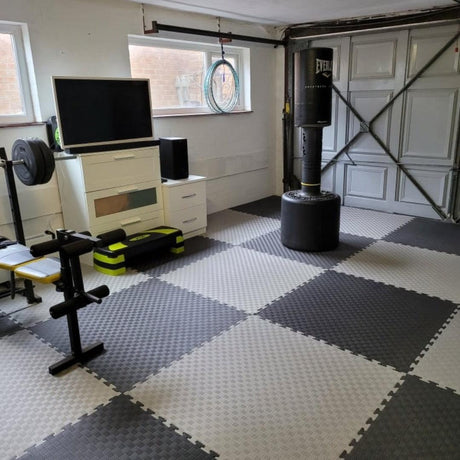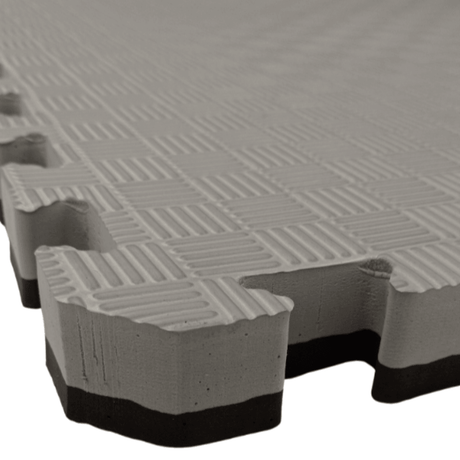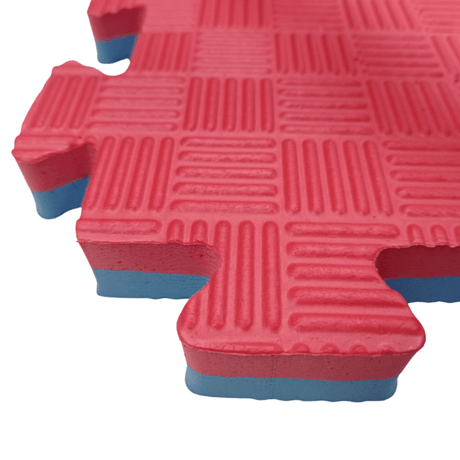Designing a functional training space is both a science and an art. Whether you’re setting up a home gym, a boutique fitness studio or a bigger training facility, the key is to create a space that’s practical, safe and inspiring.
Contemporary gyms now accommodate more than just equipment for basic exercise and standard training, they now provide more specific style workouts to suit various different disciplines. Methods such as Functional training, CrossFit, agility drills, sled pulling and competitive training for events like Hyrox and Strongman require thoughtful planning to make the space work.
Here’s a guide to help you design a space that ticks all the boxes for versatile workouts.
Table of Contents
Layout: Prioritise Flow and Functionality
Functional Training Equipment (Checklist)
Flooring: The Foundation of Your Space
Layout: Prioritise Flow and Functionality

The layout of your training space can make or break its usability. Here’s how to get it right:
1. Zoning for Activities: Divide the space into different zones for different activities. For example:
- Agility and Speed Training: Designate an area for sprint drills, ladder drills and cone work.
- Strength and Lifting: Reserve a sturdy area for heavy weights, power racks and lifting platforms.
- Turf Zone: Include a synthetic turf track for sled pulls, farmer’s carries and other dynamic movements.
- Open Space: Leave an area for functional movements, group classes or bodyweight exercises.
2. No Clutter: Make sure there’s enough room between equipment for safe movement. A clutter free space not only improves functionality but minimises the risk of injury.
3. Centralised Storage: Invest in wall mounted racks, shelves or storage units to keep gear organised and accessible without taking up valuable training space.
Functional Training Equipment (Checklist)
Every functional training gym should have a generous assortment of FT kit. Here's a list of the main equipment needed for a versatile functional training space:
- Kettlebells, Dumbbells and Weight Plates
- Slam Balls/Medicine Balls
- Battle Ropes
- Plyometric Box(es)
- Skipping Ropes
- Accessories such as dog sled, tyres, ladders, cones

Flooring: The Foundation of Your Space

The right flooring is key for both performance and safety.
- Rubber Tiles: Durable, shock absorbing rubber gym floor tiles are a must have for weightlifting zones. They protect your floor from heavy drops and provide a non slip surface for exercises.
- Synthetic Turf Tracks: These are perfect for sled pushing, tyre flips and agility drills. Look for turf with pre marked lanes or custom markings that suit your training programme—think distance markers or boundary lines for sled drills. Custom tracks can also feature your gym’s branding for a professional touch.
Customer Feedback: Topic "The Importance of FT in Commercial Gyms"
"Our sled track was the last item in our gym but one of the best. It is used daily and has made a huge impact on how we can run classes and PT sessions here."
- Multi-Surface Options: For varied training needs, consider a combination of flooring types. For example rubber tiles for strength zones, turf for functional training and wooden flooring for a reception area.
- Dynamic Lighting: Install adjustable LED lighting to create the right atmosphere for different activities. Bright lighting pumps up high intensity workouts, softer lighting for cool down sessions or mobility exercises.
- Natural Light: If possible, bring in natural light by including large windows or skylights. This makes the space feel bigger and boosts mood and energy levels.
- Highlight Key Areas: Use directional lighting to highlight specific zones, like a showy sled track or a motivational wall graphic.
Decor: Inspire and Motivate
Decor isn’t just about looks—it can boost motivation and reflect the ethos of your training space.
- Energising Colours: Go for colours that energise and motivate. Reds, oranges and yellows are dynamic and invigorating, blues and greens for more restorative areas.
- Brand Identity: Incorporate your gym’s logo or branding into the design. This could be through custom turf tracks, wall decals or branded gym equipment.
- Wall Art: Add motivational quotes, murals or images of iconic athletes. This sets the tone and gives extra motivation during tough workouts.
- Mirrors and Visual Interest: Strategically place mirrors to make the space feel bigger and allow athletes to check out their form. Complement these with decorative elements that match your gym’s style—industrial, modern or minimalist.
Ergonomics: Make it Functional and Comfortable

A good gym isn’t just about looks—it needs to work for its users.
-
Equipment Placement: Place frequently used equipment in accessible areas. For example, keep kettlebells and dumbbells near open spaces and heavier machines along walls to free up central zones.
-
Height-Appropriate Storage: Store equipment at varying heights to suit all users. This means safety and convenience whether grabbing a weight plate or agility cones.
-
Ventilation and Climate Control: Proper airflow is key. Ceiling fans, air conditioning or ventilation systems can regulate temperature for a comfortable workout year round.
Final Touches: Customisation
The best training spaces are the ones that reflect the personality of the owner or brand. Whether it’s a bold colour scheme, a high-tech sound system for playlists or a chalkboard wall for tracking goals and scores, small customisation can make the space unique.
Conclusion: A Space That Works as Hard as You Do
Designing a functional training space is about balancing practicality with inspiration. With the right layout, flooring, lighting, decor and ergonomics, you can create an environment that supports performance and motivates everyone who steps in. Whether you’re training for Hyrox or smashing a Strongman PB the right space can make all the difference. So dream big, plan smart and build a gym that works as hard as you do!
Ready to elevate your FT gym? Browse our functional training turf and range of workout matting for your perfect combination.





